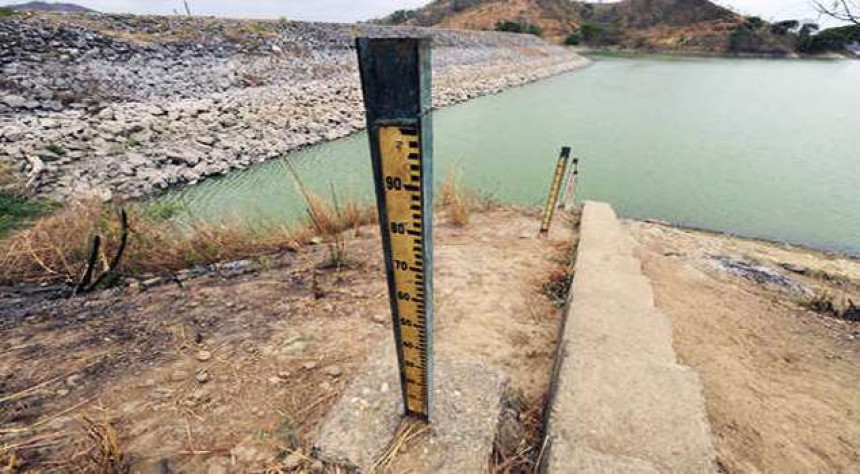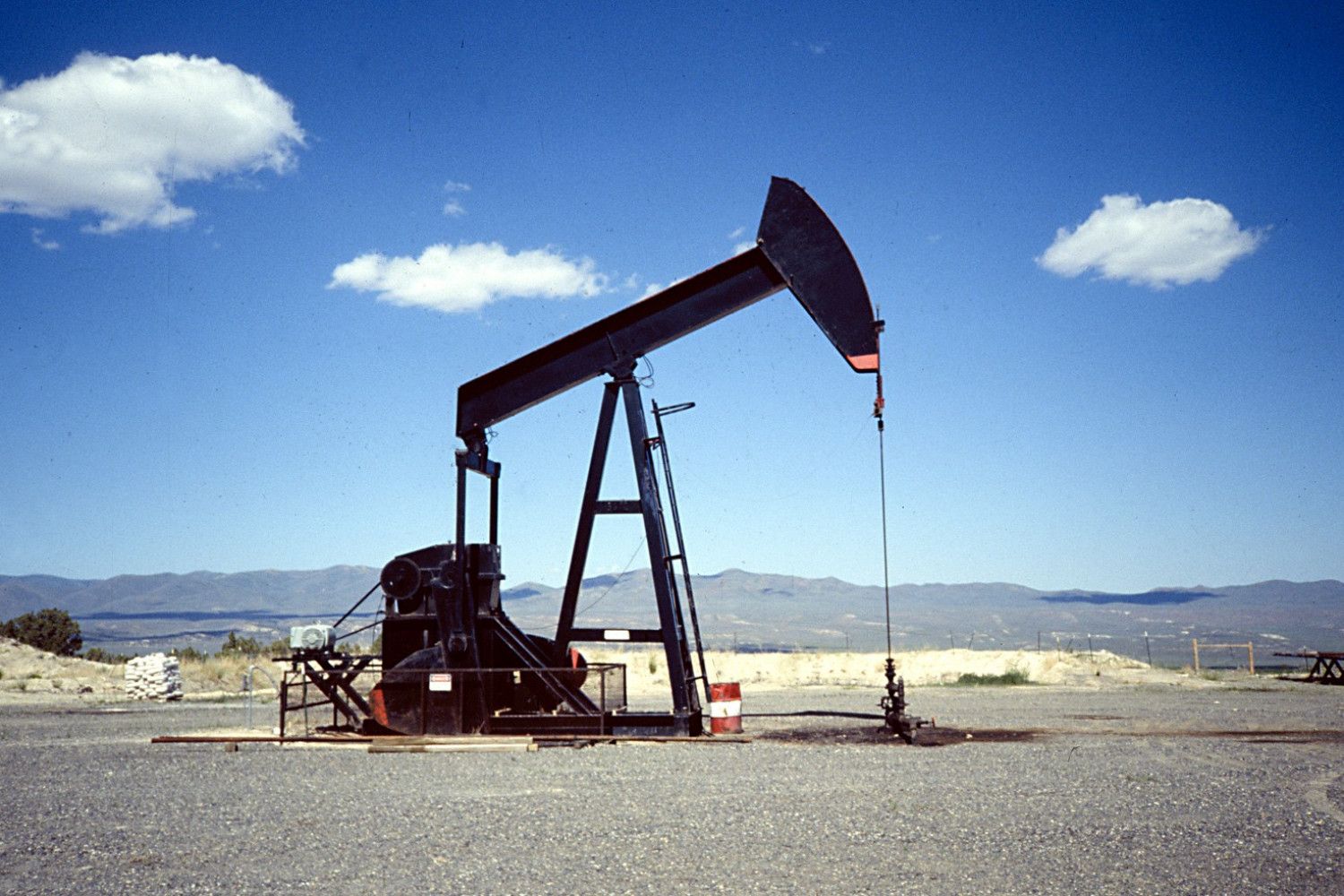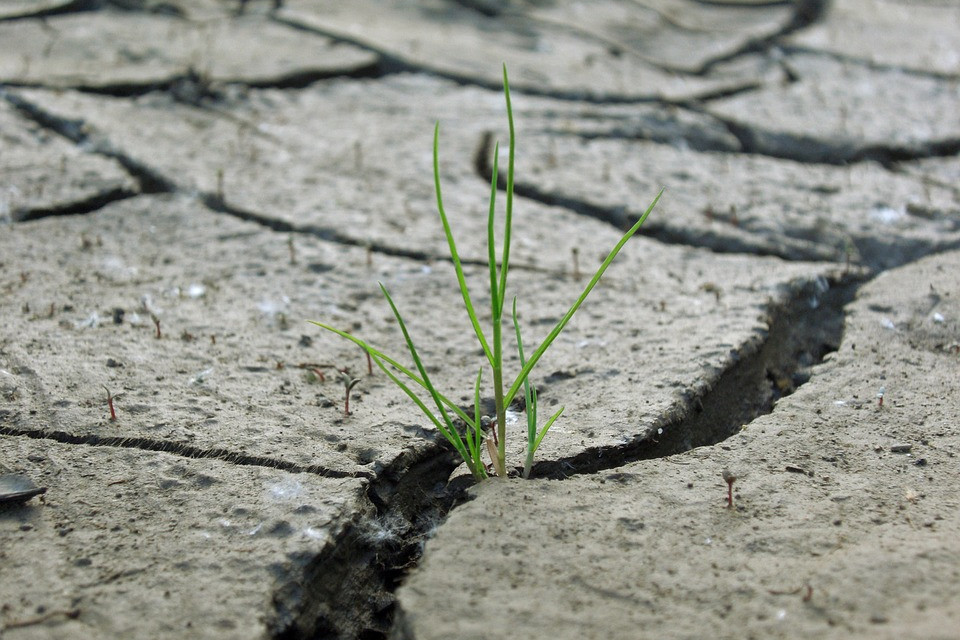
My first approach to the relationship between climate and the financial world, which I felt after analyzing the bankruptcy of the firm Duke&Duke in detail, caused by transactions on the stock exchange in contradiction to the report on the orange harvest issued by the Department of Agriculture the United States. The case I observed was what was titled "Trading Places" in English, a story adapted from the financial world, which was translated into Spanish with the title "From Rags to Riches" and continues to be in the list of films that every financial trader should watch.
This 80s film, starring Eddie Murphy, beyond the very fabric of Hollywood, shows oranges as being a financial asset that effectively can be traded on the stock exchange, which is part of what is known as the commodities market, or raw materials, whose prices are affected, among other variables by climatic variations that directly affect inventories causing prices to rise or fall due to a risk associated with climate.
Continuing on the oranges theme, years later I read a very interesting article that mentioned the fact that the renowned company Walt Disney, carried out a particular management manoeuvre related to climate risk, to which its business line of theme parks is exposed. In Florida and California, the rains chase the tourists away, but his rain also affect the abundant harvests of orange typical of these states, so it is possible to make a correlation between what would be gained by a future rise in prices of this commodity because of the weather, with losses in the parks they would have due to the same effect.
The "El Niño" weather phenomenon has serious economic consequences
This before mentioned implies a well-calculated negative correlation, cancelling out losses with gains by means of a transaction on the Stock Exchange involving the price of oranges and the theme parks' incomes. Although it sounds complex, it is an example that helps illustrate the participation in financial markets of companies whose intention is not to speculate, but rather the contrary, relying on derivative instruments and stop adopting a passive attitude against possible losses due to weather.
Subsequently, being linked through work to a company trading palm oil, much of my job was to monitor the climate to understand the dynamics of the international price of this product. 80% of world oil production is concentrated in Malaysia and Indonesia, and therefore any change of climate in these countries moves the market; and besides, if we add the impact on the price of a substitute, soybean oil, we are forced to do the same climate monitoring of major soybean producers: Brazil, Argentina and the United States.







